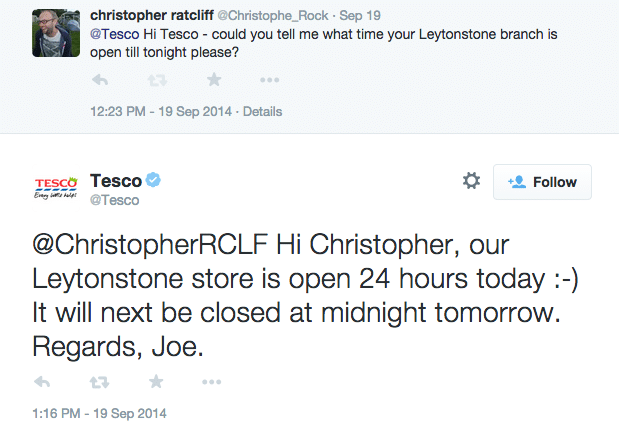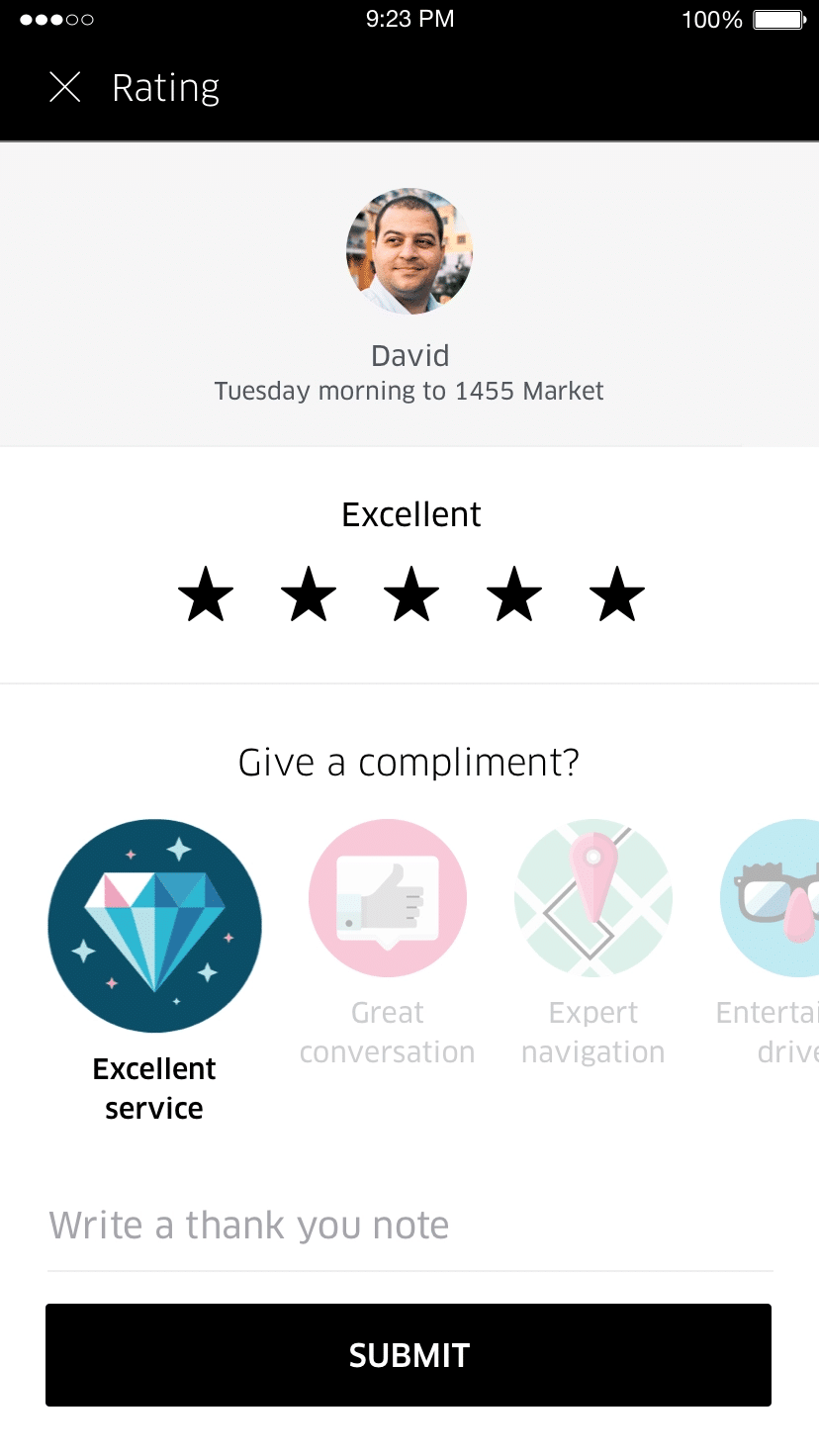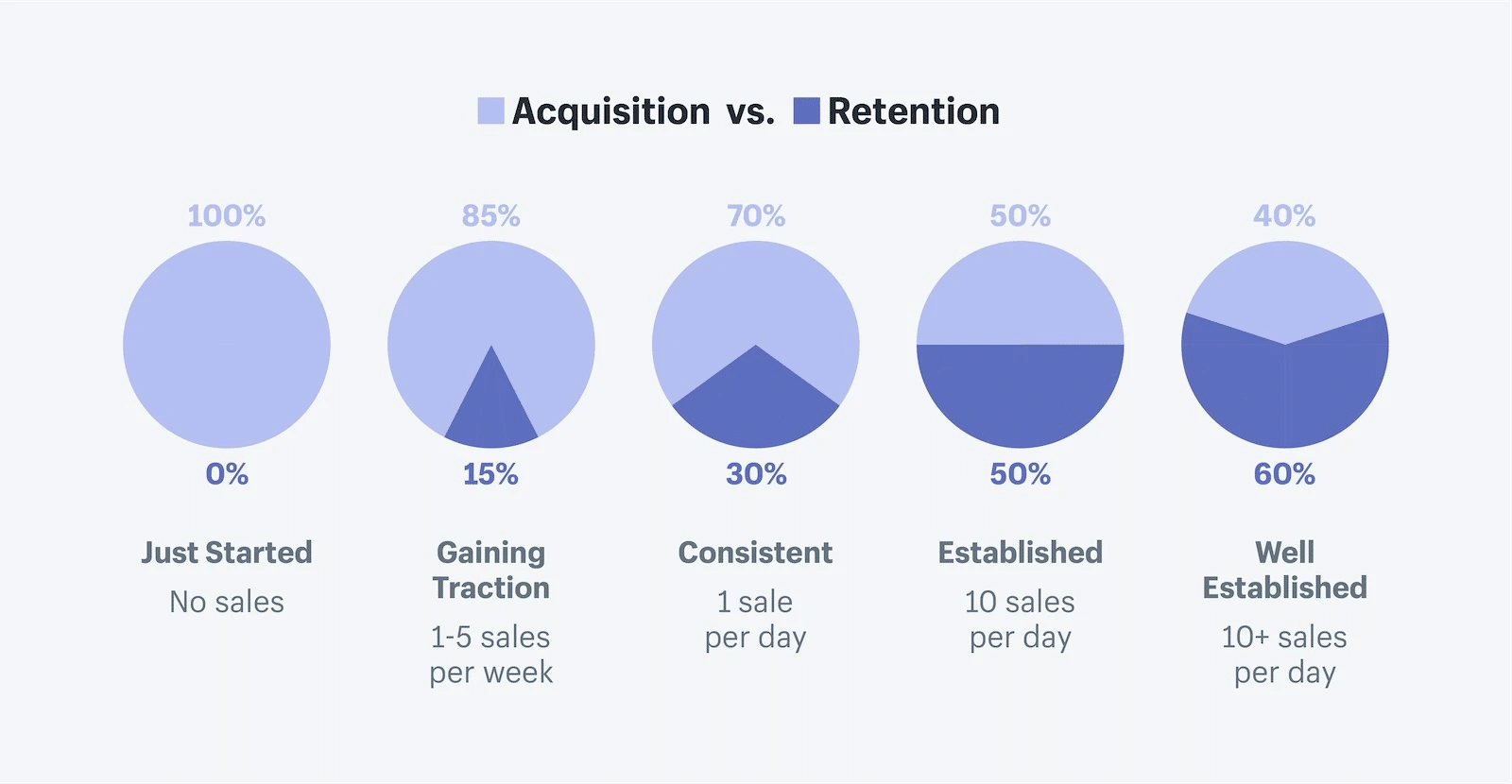You’ve probably heard it time and time again — the customer is king. But how much of that is true?
As it turns out, your customers are more valuable than you think. Just raising your customer retention rate by 5% can increase profits anywhere from 25% to 95%.
Let’s take a closer look at what customer retention is and highlight some key customer retention strategies and customer retention programs to help you keep and delight the right customers.
What is Customer Retention?
Customer retention refers to your company’s ability to keep your customers. This is influenced by new customers acquired and how many customers leave (also known as churn). Churned customers are those who have stopped using your company’s goods or services during a measured time frame.
How to measure customer retention
Before even setting up a customer retention strategy, we need to first understand how to measure its success by looking at the customer retention rate. Customer retention is represented as a percentage. It represents the proportion of customers retained through a given time period. Use this formula to determine customer retention rate:
Customer Retention Rate = ((Number of customers at end of period – Number of customers acquired during period) / Number of customers at start of period) x 100
|
Example: Don’s IT store
Don runs a successful retail store selling laptops and IT accessories. He starts the year with 150 customers. However, in June, 86 customers churned. By the end of December, he has gained another 29 new customers. Don wants to know what the customer retention rate is for the year.
Customer Retention Rate = ((Number of customers at end of period – Number of customers acquired during period) / Number of customers at start of period) x 100
Customer Retention Rate = ((93 – 29) / 150) x 100 = 42.7%
Don’s customer retention rate is 42.7%. Now that he knows this, he is ready to start developing a customer retention program.
Once you’ve consistently measured your customer retention rate, you’ll be able to detect trends and identify which types of customers are more likely to churn than others.

Why should you focus on customer retention?
Think about your best customers: how frequently do they buy? What is the value of their sales? How often do they recommend your business to their friends and family? Customer retention increases your customers’ lifetime value and boosts your revenue. And yes, you also need to pay attention to Gen Z — they expect a lot from customer service. If that expectation isn’t met, it could have big consequences for your business.
Here are three reasons why you need to pay attention to customer retention.
1. It’s cost-effective
It’s five times more expensive to attract a new customer than it is to keep existing customers. You need to spend more effort to help new prospects overcome barriers, earn their trust, and encourage them to spend. Stretch your marketing and sales budget by keeping your existing customers happy.
2. You’ll get reliable spenders
An existing customer already knows and trusts your brand, so they’re more likely to come back and spend more than newer customers. Your customers’ first few purchases are a calculated risk, so they’ll keep the cost low. But as they grow to trust your brand and build a relationship, they’re likely to increase their spend.

The success rate of selling to an existing customer is 60-70%. The success rate of selling to a new customer is only 5-20%. Source: SuperOffice
You’ll benefit from good reviews
Positive word-of-mouth is the most cost-effective advertising out there. And that only comes from loyal, happy customers. Customers are willing to share if they’ve received great service or bought an excellent product. Similarly, they’re also ready to tell their friends and family if they’ve received poor customer service or a bad product; this has the potential to be more damaging to your bottom line.

What are the best customer retention strategies?
Now that we’ve established that keeping customers coming back is more valuable than getting new ones, how exactly do you create a customer retention strategy to keep your current customers engaged and delighted?
There’s more to a customer retention strategy than answering their questions and providing onboarding. It’s about fostering communication, trust, and mutual growth from the very beginning. Here are four customer retention strategies to get you started.
1. Adopt the right tools
If you can track customer data and their sales history, you can detect if they’re about to churn. Identify and analyse key variables such as purchase patterns, sales volume and value, history of purchase, and more.
This is possible with the help of inventory management software like Unleashed. Unleashed has a business intelligence tool that helps you dive deeper into your sales and customers to help you look out for the early warning signs.
2. Communicate with your customers
This is a strategy that’s particularly useful for B2B businesses who have long-term, contractual relationships with their clients. Communicate with your customers, whether it’s through a phone call or an online survey. Your clients get to highlight what you’re doing well and share what you’re lacking. This strengthens your relationship and gives you the insights needed to make better business decisions and retain clients.
3. Encourage convenience
Make it easier for your customers to purchase from you or to get support. Consider creating an app they can use on the go or even setting up live chat support so they can quickly get the answers they’re looking for. Identify your customers’ behaviours and what they want so you can implement tools and systems that empower them.
4. Personalise
Do you know to which channels your customers respond best? Whether it’s email, social media, or direct mail, reach out directly to your customers on their preferred channels — both during and after the buying experience. Don’t forget to make your responses sound human.
Read this article for more innovative customer retention strategies.

What is a customer retention program?
Hubspot defines a customer retention program as a specific initiative or set of initiatives that increase customer value, encourages them to be a repeat customer, and advocate for a company. Customer retention programs can be company-led, like an onboarding process, or customer-led, such as downloading and using a mobile app to make purchases.
Here are four commonly used customer retention programs to set you in the right direction.
1. Onboarding program
Teach new customers how to use your product or service with an onboarding program. Instead of self-studying, customers receive personalised training according to their needs so they can save time and understand how your product or service can directly help them meet their needs.
Onboarding is an effective tool because it helps new customers who are first starting out with your product and prevents frustration.
2. Customer feedback loop
To improve your customer experience, you need to know how your customers feel about your business. Get customer feedback and share it with the rest of the business using a customer feedback loop — a system for collecting, analysing, and distributing customer reviews and surveys.
Most businesses use a survey to capture Net Promoter Score, while others have focus groups. No matter which method you pick, share the information to the appropriate departments so the business can address criticism, enhance customer experience, and improve retention rates.
Learn more about how the Net Promoter Score and why it’s so important to customer satisfaction.
3. Reward system
Customer loyalty looks a little different now. Most customer loyalty schemes have evolved to meet digitally empowered consumer expectations. Implement a customer loyalty program to reward the customers who make frequent purchases or refer a friend. This can be in the form of stamp cards, referral discounts or credit, loyalty tiers, and more. The trick is to give them a head start.
4. Education platform
Creating an education platform means providing self-service tools like a knowledge base and a community forum so that your customers can better understand your product or service. This program is great for businesses that have a complex product which requires training before it can be used, or even a product that is constantly being updated with new features.
Depending on your customers’ needs, you can deliver a variety of educational content in the form of:
- Recorded webinars
- Recorded screen capture
- Infographics
- Quizzes
- Help files
Education platforms are a long-term investment into your customers but they have many benefits:
- Fewer support tickets. Reduce the burden on your customer support team so they have more time to solve more unique problems
- Lower training costs. It’s more cost-efficient and a better use of time to deliver on-demand training
- Better customer adoption and engagement. When prospective customers have resources and support, they’re able to find value in your product in the long-term
- Faster onboarding. Present value upfront through engaging onboarding practices
We’ve shared four customer retention programs you can implement, but remember you don’t have to implement them one at a time — you can have a combination of different programs as long as they support your strategy and you can measure their effectiveness. The end goal is to create loyalty, encourage positive sentiment and make customers more willing to continue purchasing.
4 businesses with highly effective customer retention

Image taken from Canva Design School
Canva
Canva’s Design School is a great example of how to build an education platform. The school has many resources, how-to guides, and step-by-step videos so that users can make better use of their product and sharpen their design skills at the same time.

Image taken from econsultancy
Tesco
UK readers will be familiar with Tesco, the supermarket giant with over 2,000 stores nationwide. They use Twitter as their medium for customer service and they do it with a human touch.

Image taken from Costa Coffee
Costa Coffee
We’re no strangers to loyalty cards from cafes, but Costa Coffee starts everyone off with 100 points just by joining the loyalty program. They’ve also made it convenient for customers to purchase and collect points via an app.

Image taken from Techcrunch
Uber
Uber prioritises real-time feedback about their drivers. Once Uber drivers have too many downvotes, they are penalised. This means Uber only allows the best drivers on the road. They make it really easy to leave quick feedback too. You can rate the drivers, give praise, and add more feedback all on one page.
When should I focus on customer retention strategies?
Customer retention is important, but it’s not the be-all and end-all. Businesses have to balance customer acquisition and retention. What you should focus on depends on where your product or business is in its lifecycle — a well-established business will have different needs to a start-up.

Shopify suggests a mix of potential investment levels depending on what stage your business is at
Your investment in customer retention strategies and acquisition will also depend on what you sell. Stores where customers buy high-value items frequently will have a higher customer lifetime value and will benefit the most from a good customer retention strategy — think Apple and how they upsell you to join their ecosystem of products and encourage you to stay with iOS.
In general, it’s about finding a balance that makes the most sense for your business needs.
Bottom line
It pays to keep the right customers. Instead of investing all your resources in trying to attract new customers, your existing customers can be a cost-effective and straightforward way to boost your profits.
As customer experience continues to evolve, make sure your business has the right systems and tools in place to delight your customers at every touchpoint and at each stage of their journey.
Originally published Sep 11, 2020, updated Apr 10, 2023
